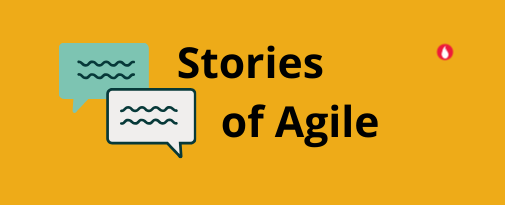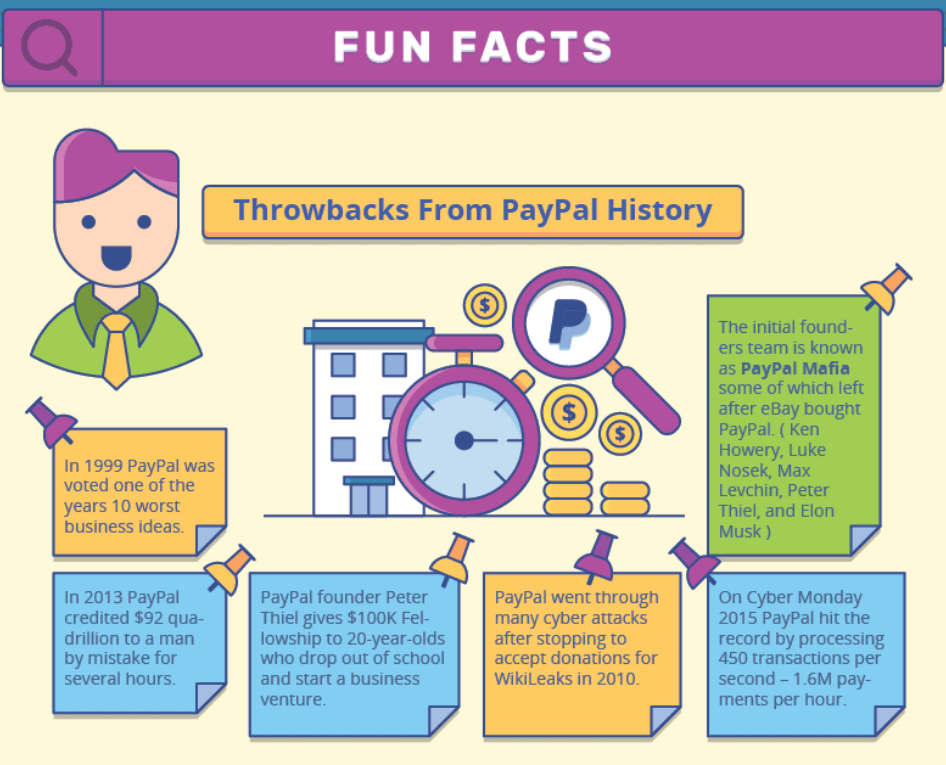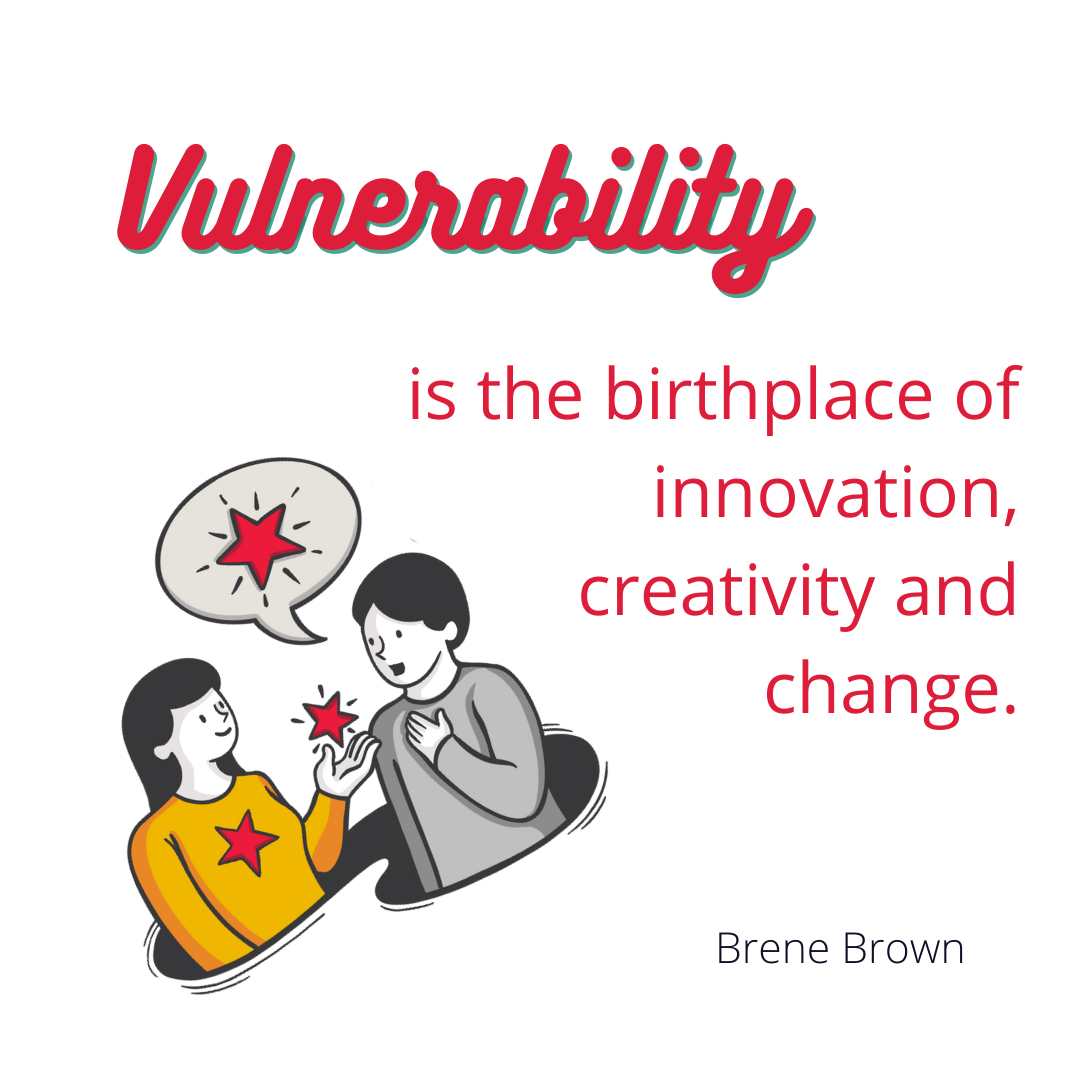When does change happen? Change happens when the people involved do things differently. They adopt new behaviours, mindsets accompanied by new skills. In our work with clients, we have seen that adoption of new behavior’s determines the success and sustainability of the change effort. A similar theme unfolded during PayPal’s Agile transformation. The leadership team needed to understand and acknowledge the hidden fears of team members to bring about the desired change in behaviour. Creating shared language was an important step we discussed in this last edition. However, without dealing with the unspoken fears change would have been hard to come by at PayPal. So here are some human stories of fear of change during the agile transformation at PayPal.

Agile stories
The first story, the team was migrating all their processes to the cloud. They kept sharing their views on why this migration was not such a good idea. They spoke of the risks involved in the migration and possible downtimes to systems and such else. PayPal’s CTO James Barrese sensed there was more to it than what met the eye. He engaged in a series of open conversations with the team. In these conversations emerged a few hidden fears:
- Now that a bunch of processes would be automated and moved to the cloud, there was an unease about possible job losses.
- Staying on would mean reskilling. Reskilling meant the loss of their current subject matter expert status, at least temporarily. Teams were unwilling and unsure about this reskilling.
- Third they feared diminished relevance and importance for themselves at work, with the new systems in place.
These conversations were super critical to the change process. Without these conversations and the uncovering of hidden fears, the leadership team may have made mis-steps in the change implementation. Instead uncovering hidden fears gave them the opportunity to be more transparent and engage in purposeful dialogue. Teams were given scenarios which helped them see how their roles would shift from reactive to proactive support. Reskilling support needed and next steps came through co-creation with the teams, generating better buy-in. They completed this migration to a private cloud in accelerated time! The cloud and choices thereof is about technology but human emotions and fears are more real a barrier to change.
Stories as a window to culture
While the first story was about uncovering hidden fears through conversations, the second story at PayPal involved uncovering hidden clues by listening to the stories within the organisation. Stories that employees tell about their work is always a great way to understand the culture of any organisation. PayPal discovered this too. Here is how it unfolded.
The development managers were vehemently opposed to the change introduced at PayPal. They were vociferous in claiming this change would not work. When the leadership team listened in closely to the stories currently being told within teams, they found a ‘hero culture’. What does a hero culture mean? Development managers and the team members were celebrated for averting crisis and saving the day. They were the heroes who stepped in at the last minute and prevented PayPal from having any tech breakdowns and ensuring client deadlines were met.
This had become the default way of working amongst teams. If you were in a crunch situation in your project, you went to the development manager with the problem. They solved it for you by reassigning key team members with the requisite skills to fire-fight and resolve. Suddenly with this change being introduced, teams were moving from project to product structure. Development managers would no longer have as much control over allocating people. Teams would stay invested in the product without being reassigned frequently.
Moving forward with change
While the proposed change from project to product structure would bring in greater value for the organisation, it meant reduced relevance for the Development Managers. This new structure would ensure lesser abandoned projects and wastage, team members would stay in the same area of work longer. Teams would have a sense of accomplishment and ownership towards to product line. But the development manager role needed to be reimagined, for them to support this change fully. Listening to the stories gave the leadership team a clue to understanding the unspoken fears in teams. Kirsten Wolberg their CIO lightly comments in this video that dev-managers are still opposed to the change! :). At least now they knew where it was stemming from and could move forward purposefully.
Learning and Change is a Vulnerable Act
Learning and change is inherently an act of vulnerability. We’re signalling to everyone around that we don’t know everything, and we need to learn/ be taught. This can often be hard for the ego to handle but extremely rewarding. As author and speaker Brene Brown says,
“Vulnerability is the birthplace of innovation, creativity and change.”
Brene Brown
People have to step out of their comfort zones to learn. They have to open themselves up to discomfort and possible judgement from others. They must be willing to consider that there may be a better way to do things and try them. Change almost never happens when you’re in a comfortable environment. The secret sauce is to take teams out of their comfort zone while simultaneously letting them know they are fully supported. You create these safe spaces in many ways , one of them being the ability to sense and respond to unspoken fears in them, as PayPal did.
Apart from one story which captures the human centric change in the world of Agile, the Agile OWL brings to you every fortnight, the latest reads, books, trivia, and quote from the world of Agile and its methodologies. Stuff that caught our attention. This is edition 32 and we carry seven useful links for you. Tell us what you thought of them.

From social media:
- How can scaffolds help Agile teams perform better? Fascinating piece by Peter Gilliard-Moss. Read more here.
- Systems thinking is an important approach to work. Sometimes I find myself struggling with it. These simple thumb rules by Will Lethain might help you too. Read more here.
From the bookshelf:
- Lean from the trenches by Henrik Kniberg is the book recommendation this week. Find out how the Swedish police combined XP, Scrum, and Kanban in a 60-person project. This book contains all the practical details needed for implementation.
From the tool box:
- Take the Daring Leadership Assessment by Brene Brown here https://daretolead.brenebrown.com/assessment/ . Daring leadership is a collection of four skill sets that are teachable, observable, and measurable: Rumbling with Vulnerability, Living into our Values, Braving Trust, and Learning to Rise.
From the trivia & fact box:
We have a bunch of trivia for you from PayPal today in this image. Still curious? Check the Infographic here.

#AgileQuotes to sign off:

Note : This post is Edition 32 of the Agile OWL from the OWL umbrella. The Agile OWL is a newsletter focused on the human experiences and stories within agile transformations. Sign up to receive the newsletter here







